whatmeworry
Brilliant_Rock
- Joined
- May 23, 2006
- Messages
- 1,095
I''m with you. I''d like to see what the map looks like when the soil is composed of 80% brightness and 20% fire or vice versa. You know, Garry''s BIC/FIC islands. But that''s for another thread.Date: 7/14/2007 2:16:40 PM
Author: Cehrabehra
I just wanted to say, this is one very beautiful diamond JonDate: 7/14/2007 1:50:29 PM
Author: Rhino
does this AGS graded 1.90ct H VS1 ideal cut diamond appear to be compromised in any way?
There are beautiful diamonds on the fringes... and there are beautiful diamonds beyond the fringes. Every time the aset poster is shown with the 10k of images I think less of ''there is *the* zone'' and more of, ''I really would love to see some of the diamonds out on these other islands.''


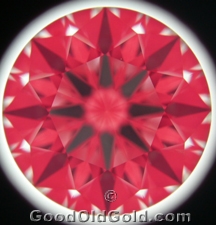

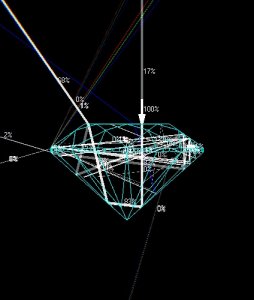
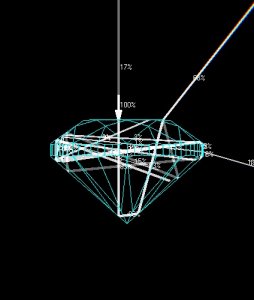


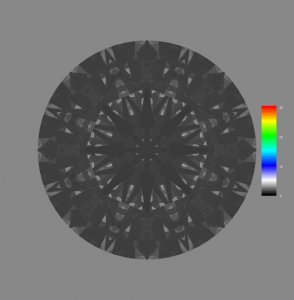
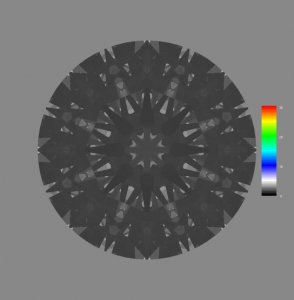
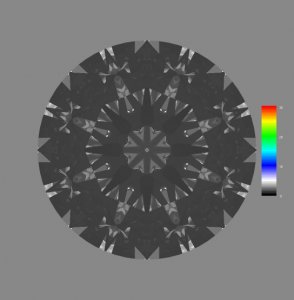
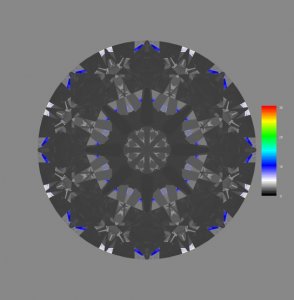
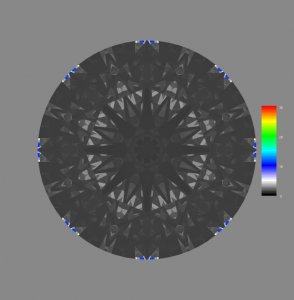
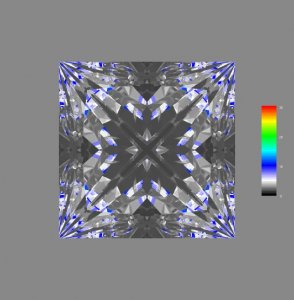


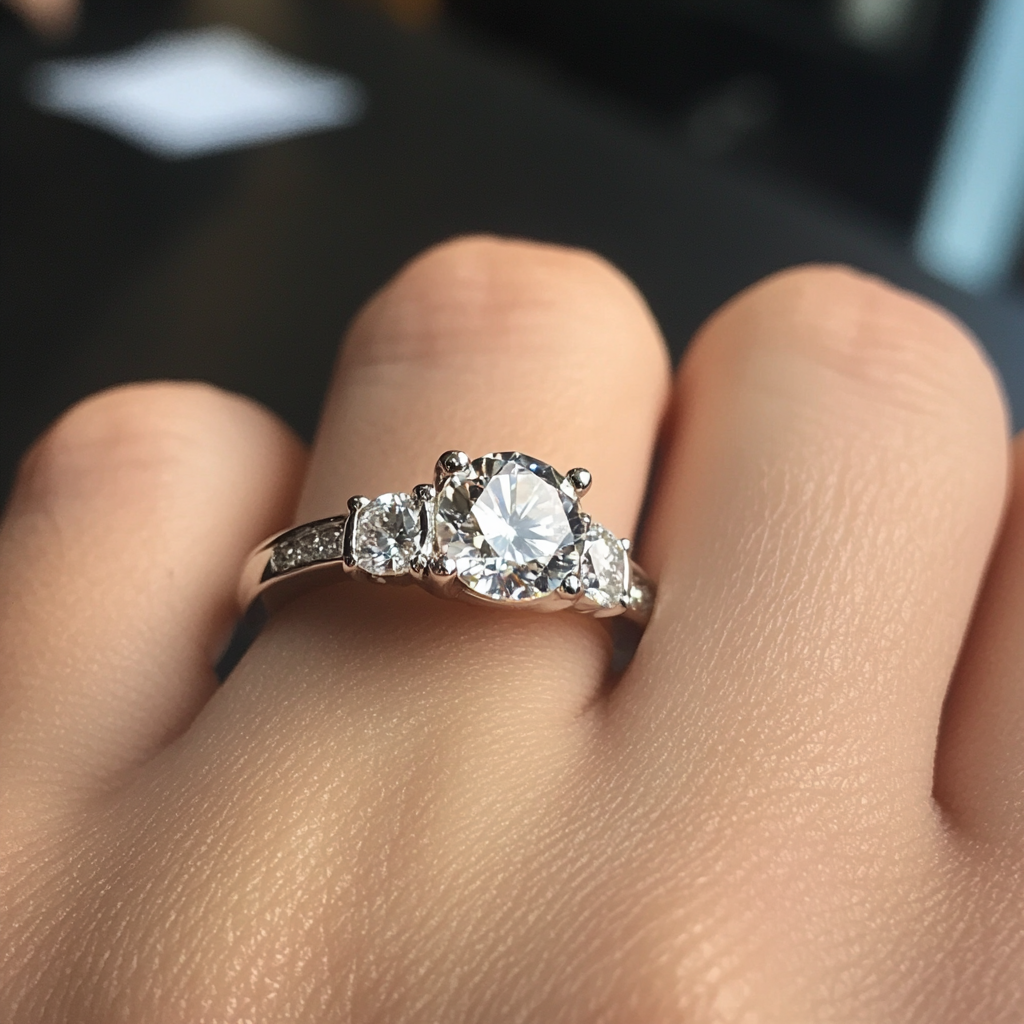

300x240.png)